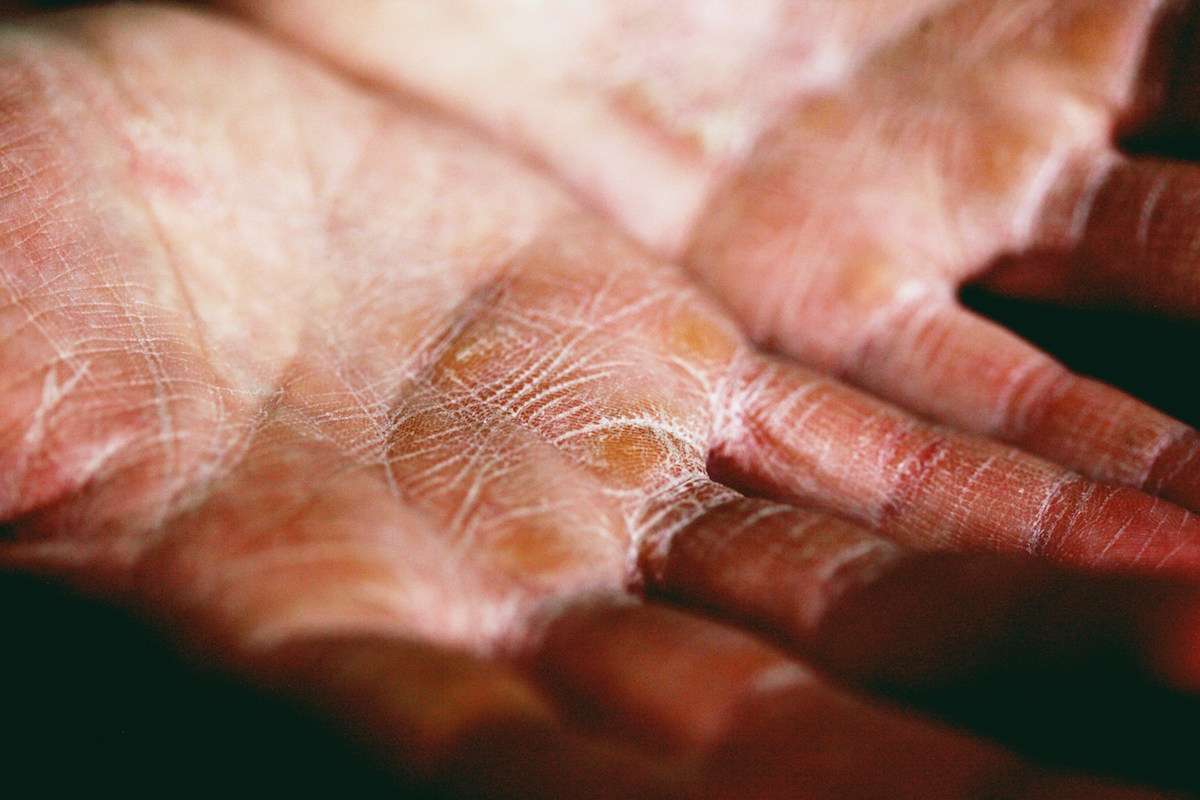
What is Eczema?
Eczema, also called dermatitis represents inflammation in the skin that follows a very predictable time course and development. It begins as an itchy spot that is initially weepy and crusting, followed by a progressive dryness that itches. Depending on the cause it may remain localized (like a reaction from an irritant that contacts skin (poison ivy)) or can spread. It is very common and regardless of its cause, there are many excellent options for treatment.
Types of Eczema
Contact Dermatitis
Contact dermatitis is caused when the skin contacts a substance that is either anirritant or produces a skin allergy. The causes include soaps, clothing, poison ivy, and even rings or jewelry.
Neurodermatitis
Neurodermatitis is caused by habitual scratching of a particular area that leads
to skin irritation. People may scratch while they are asleep and not even realize they are causing damage to their skin.
Nummular Dermatitis
refers to eczema that is oval or “coin shaped”, occurs during colder months and produces dry, round patches of skin, usually on the arms and legs.
Dyshidrotic Dermatitis
This type of eczema that affects the fingers, palms, and soles of the feet and is characterized by tiny, itchy blisters that can develop little bumps and become red.
Stasis Dermatitis
Stasis dermatitis develops as a result of poor circulation in the Lower legs on the venous
side with potential varicose veins. As a result of sluggish blood flow out of the legs, a rash may develop over the shin region.

Treatment Options
Fortunately, there are excellent options for patients with eczema. Every patient is different, so a plan is based on each patient’s unique experience and symptoms. Successful treatment protocols focus on identifying the cause and correcting it. A mainstay of treating eczema is topical therapies, which may include topical steroids and specific non-steroidal products.SCHEDULE YOUR CONSULTATION*
*All consults are subject to a fee.







